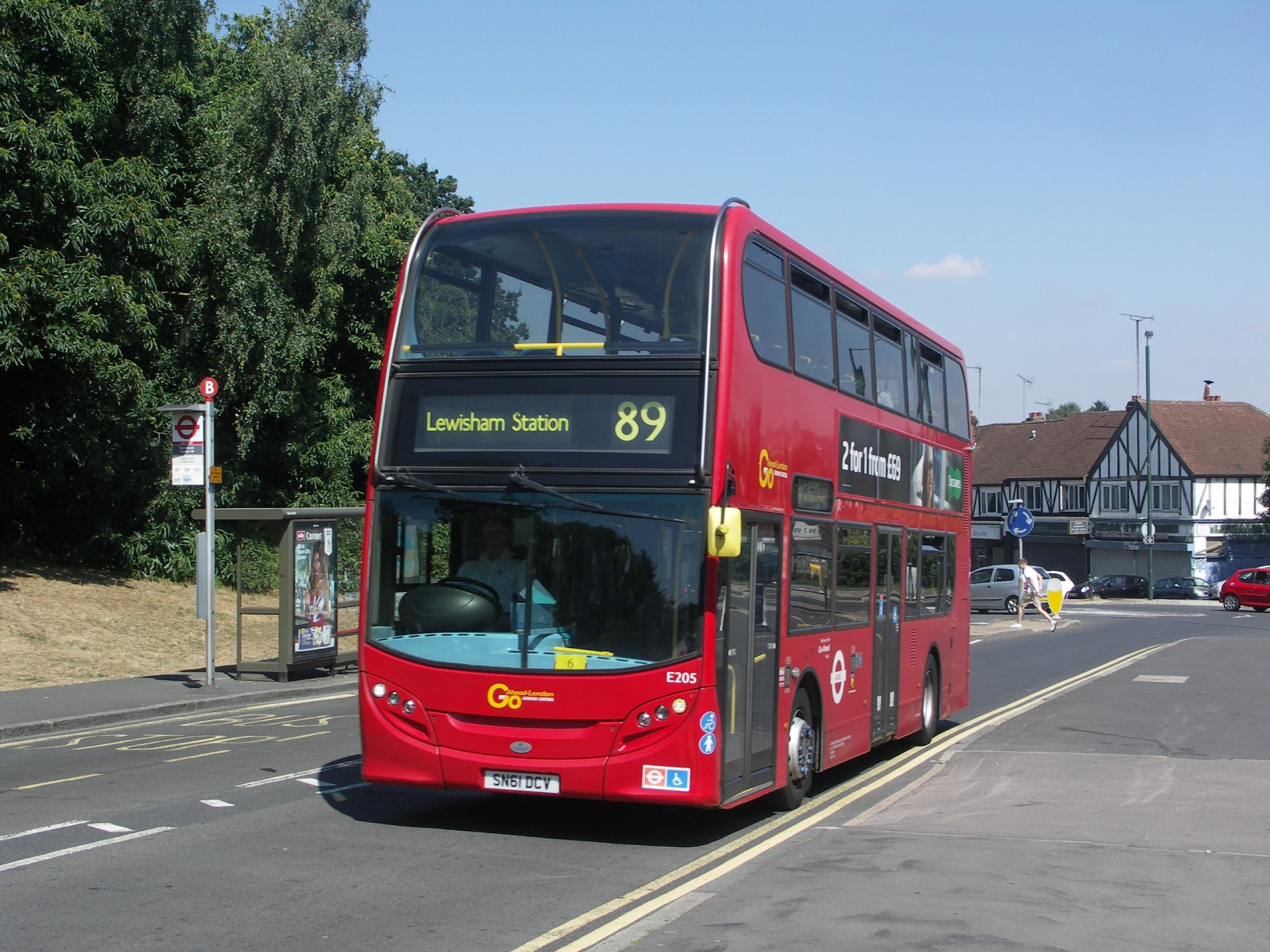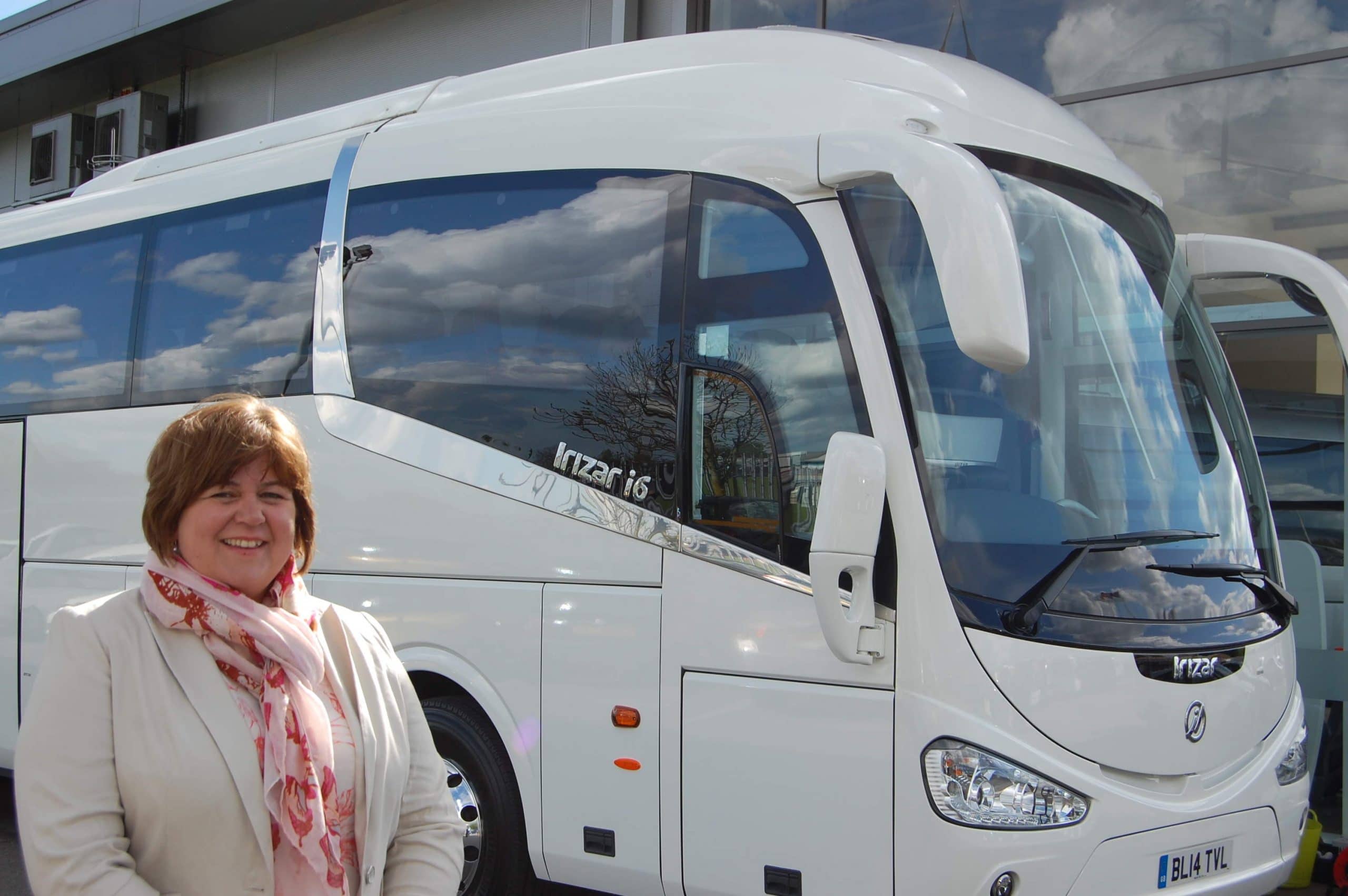Many of us will have experience of upgrading Euro IV and Euro V vehicles to meet Euro VI requirements. It is certainly more cost effective than fitting a Euro VI engine or replacing the vehicle with a new one.
In my experience, most Euro VI retrofit systems appear to be very effective, particularly in the London duty cycles I am accustomed to. We also have the ability to monitor their real-world performance using the manufacturer’s telemetry system. We can see that we are routinely achieving over 70% average NOx conversion under real-world conditions.
Technical talk about Euro VI OEM vs retrofit
It is important to note that there are different requirements placed upon engine OEMs about onboard diagnostics (OBD) specifications and the method of emissions tests to achieve Euro VI certification, so some may argue that it isn’t an entirely fair comparison with retrofit – but it certainly can provoke some great technical discussion!
Function and performance of exhaust aftertreatment systems has become such a fundamental part of our job in maintaining buses. Let me try to summarise as simply as I can a typical OEM Euro VI bus engine emission control strategy, and then compare that to a retrofit system.
OEM strategy for achieving compliance examined
In a Euro VI engine, a variable geometry turbo (VGT) and an exhaust gas recirculation (EGR) valve are used to balance the demands for power, exhaust temperature and curtailing the amount of NOx produced. With an EGR system, more soot is produced and the exhaust is cooler than it would otherwise be.
The gases then pass through a diesel oxidisation catalyst (DOC) to reduce the temperature of combustion of the soot before entering the diesel particulate filter (DPF), but because London duty cycles don’t usually allow the exhaust to get hot enough, fuel is frequently introduced to the exhaust to increase temperature and allow the DPF to regenerate.
The exhaust gases then head towards the selective catalytic reduction (SCR) system and have AdBlue injected. They pass through the SCR catalyst, which is where the NOx is broken down into other products. Finally, an ammonia slip catalyst deals with ammonia that would otherwise be emitted.
All engine manufacturers I have experience of have had some difficulties in delivering reliability in one or more of these areas of control. That said, OBD systems are very effective at restricting the vehicle and preventing its use until repaired.
Euro VI retrofit compared to OEM compliance
Compare that to the retrofit systems that have no ability to alter the exhaust gas temperature and cannot control the NOx production in the combustion chamber, but which must still produce similar results. How do they do it?
In general, it seems to me that retrofit manufacturers have more carefully engineered the critical parts of the DPF and SCR systems to maximise their performance. They use a larger and very specific DOC and they have worked hard to ensure that the exhaust is fully saturated with AdBlue before passing through the carefully-selected SCR catalyst.
The question for me is: Could the OEMs have adopted some of the retrofit strategies to deliver a more reliable Euro VI bus?



























